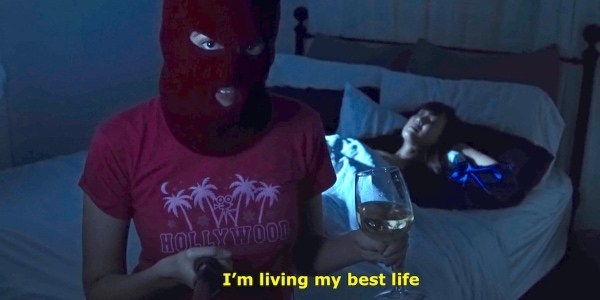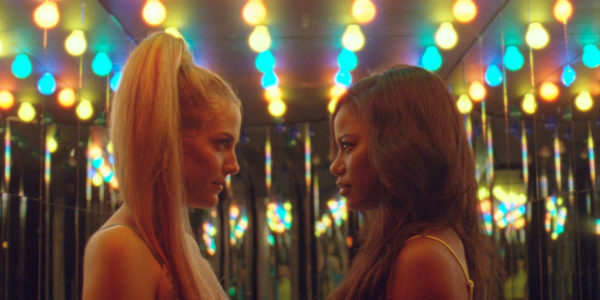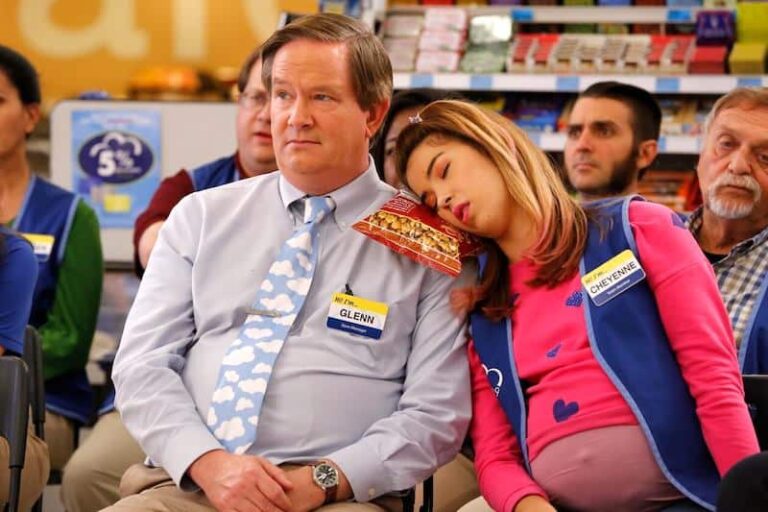Ghosts, Beasts and Malevolent Gods: 15 Years of LAIKA Animation Studios
Released with little fanfare, Kubo and The Two Strings was a confirmation that the underrated animation studio, LAIKA, were putting the obvious contenders to shame. But while being praised by critics and, on average, earning well at the box office, LAIKA has still not breached film culture in the same way that DreamWorks, Disney, and Pixar have.
They are the black sheep of mainstream American animation studios, telling gothic, complex tales of loss, companionship, and fear in haunting stop-motion. On their 15th anniversary, LAIKA still feels young, but with Pixar generally becoming dull and stunningly formulaic, there is a treacherous yet tangible place opening-up for LAIKA as America’s most original, mature teller of children’s stories.
A Little History
LAIKA is owned and chaired by Nike co-founder Phil Knight. When he first invested in the failing Will Vinton Studios in 1998, his son, Travis Knight, began working there as an intern. It’s a sad story for stop-motion hero and original founder, Will Vinton, who is said to have coined the term ‘claymation’; he was overwhelmed by Phil Knight’s increasing power (because the studio continued to fail, Knight was asked for more and more money) and Vinton was eventually pushed out of the still eponymous company.
Travis Knight was made a board member after only a few years of being an animator, and now, as well as being President and CEO, he is responsible for directing, producing, and animating Kubo and The Two Strings. For all the praise I pour onto LAIKA (it was renamed after the dog sent into space by the Soviet Union in 1957), its beginnings were soiled by flagrant nepotism and cruel business tactics.
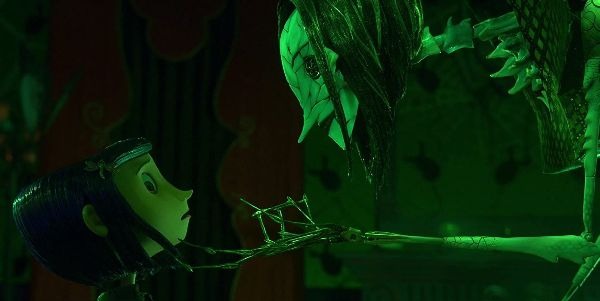
Henry Selick’s animated short, Moongirl, premiered at the Ottawa International Film Festival in 2005 and introduced to the few who saw it the world’s first LAIKA film production. Their trademark fascination with what makes dark fantasy both horrific and awesome, particularly the former, was already embedded in the story and design. The Henry Selick-helmed LAIKA debut/breakout feature, Coraline, released four years after Moongirl, was a similarly eerie odyssey into the bizarre and frightening worlds that lonely children find themselves fighting at the hands of animators.
The Kids
Bar Missing Link, their latest and least interesting release, all of LAIKA’s films are told from the perspective of a child contained within a world where their kin, for better or worse, appear as ghosts, beasts, or malevolent, powerful sorcerers and gods. They are horror-laced adventure films, where the child must develop an adult understanding of their relationship to those around them while learning to appreciate their own peculiarities and character.
Coraline, Roger Ebert said, is “unpleasant, complains, has an attitude and makes friends reluctantly.” Her parents are similarly hard work, and as a threesome, like any real family, they are not always on the same page. Coraline learns, via a terrifying journey into a nightmarish alternate universe, that while her parents might not always make her happy, their weariness and stress suggests they haven’t given up trying.
Norman, from the funniest of LAIKA’s films, ParaNorman, can see dead people, but from the start, he is neither afraid nor resentful of his gift. He is only saddened by the fact that his family and the kids at school see him as a freak, rather than a kind, gifted boy who could actually help them to believe in something as comforting as a pleasant afterlife.

The Boxtrolls is their strangest visual affair. LAIKA stages the entertaining, sometimes sad story – of a boy adopted by a community of dim-witted beasts – within a beautiful, shadow-laden Victorian city. With not one straight-lined door frame, lamppost, or roof tile, Cheesebridge is a city that is on the verge of melting, and is full of fat, slobbering human faces and cute, endearing trolls that wear rotting cardboard boxes as onesies.
Kubo and LAIKA’s Masterpiece
If ever you forget how time-consuming it is to make a stop-motion work of any length, there are hundreds of videos available online to reaffirm how much effort goes into the tiniest of seemingly incidental movements. Some of the best are LAIKA’s own videos about the making of Kubo and the Two Strings, their second masterpiece. They get a lot of attention for their use of 3D printing, especially 3D colour printing, because this allows them to produce tens of thousands of printed faces per feature in order to have the characters’ facial expressions replicate as closely as possible the fluidity of human faces.
Kubo is not only a marvel to look at, but it’s also LAIKA’s most rewatchable and moving film. Fellow Film Inquiry writer, Mark Daringer, put it much more eloquently in FI’s initial review: “Kubo has fulfilled the conventional definition of ‘masterpiece’ no matter how semantically satiated the word has become, if not entirely forging a new meaning altogether.”
LAIKA has an impulse to make the wickedest and cruellest villains equally pitiful and never beyond redemption. ParaNorman, for example, is the only film in the catalogue where the antagonist is a child herself, and the conclusion between Norman and this supposed villain has an abundance of wisdom on the consequences of thinking that we have to hate those we fear but know nothing about. These villains are based in nightmares but are as terrifying as they are lost or lonely.
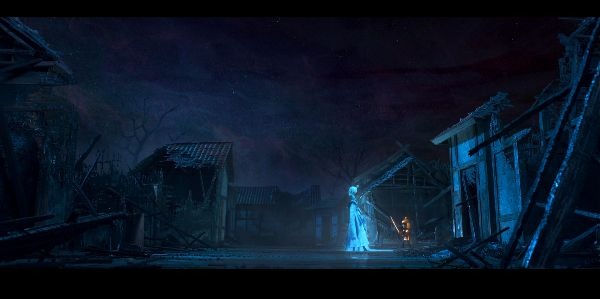
Coraline is primed for classic horror status, but Kubo still horrifies. Kubo, our hero, is running from his own family, a grandfather, and a set of aunts who brag that they have “crushed creatures who could fit this world on their fingernails.” They want to bring Kubo into the universe traversing game, having been taken out of it by his mother who saw an exceptional good in humans, a quality she thought lacking in her own sisters and father. The compassion and optimism with which the filmmakers treat the grandfather’s defeat could be just the same good that caused Kubo’s mother to denounce immortality and ultimate power.
Conclusion
The only word for it is redemption. LAIKA’s villains are redeemed either through sympathy (they always fail, but not without revealing great desperation), or because they are forgiven by those they have been trying to destroy, enslave, or blind.
Anyone with any interest in digging too deep could find a dissertation-length work on LAIKA’s proclamations of the universal truth that love is more powerful than hate – an ideal overused by those unfit to wield it – with consistency and conviction that only qualified artists are capable of. There is a remedy here for our troubles, because, LAIKA tells us, we are blind without empathy, even for the deadliest fools.
What’s your favourite LAIKA film? Let me know in the comments below!
Does content like this matter to you?
Become a Member and support film journalism. Unlock access to all of Film Inquiry`s great articles. Join a community of like-minded readers who are passionate about cinema – get access to our private members Network, give back to independent filmmakers, and more.
Join now!

